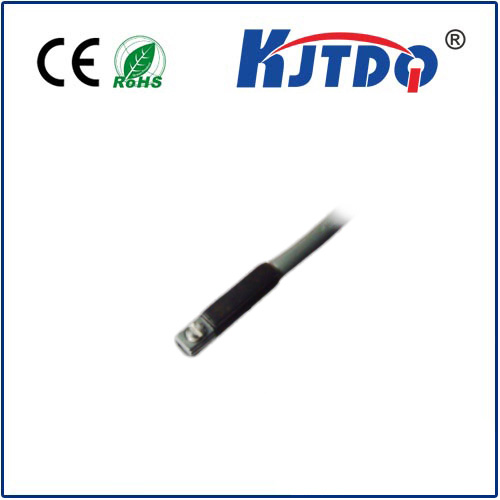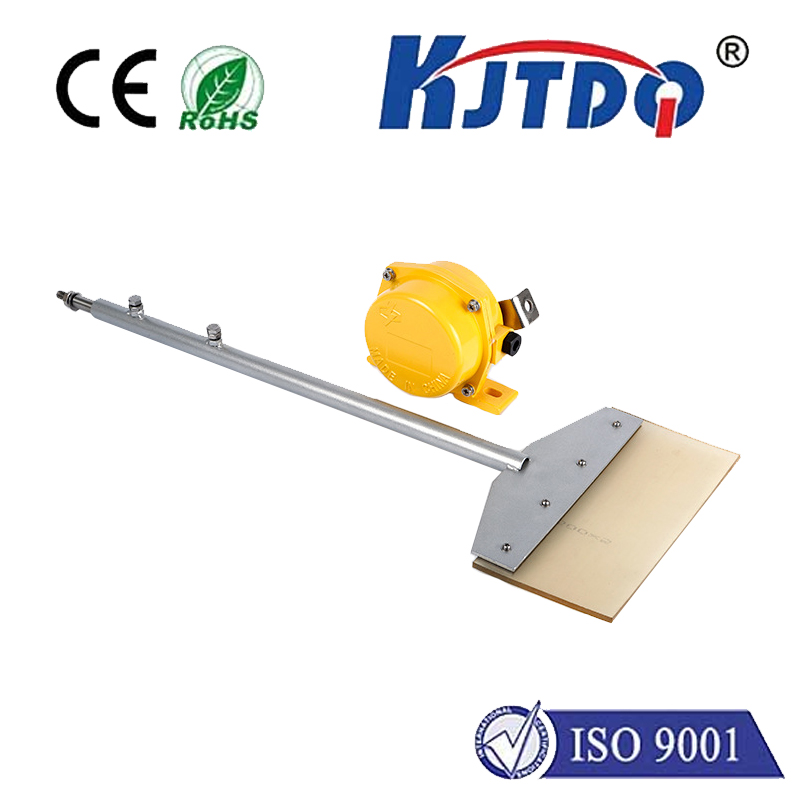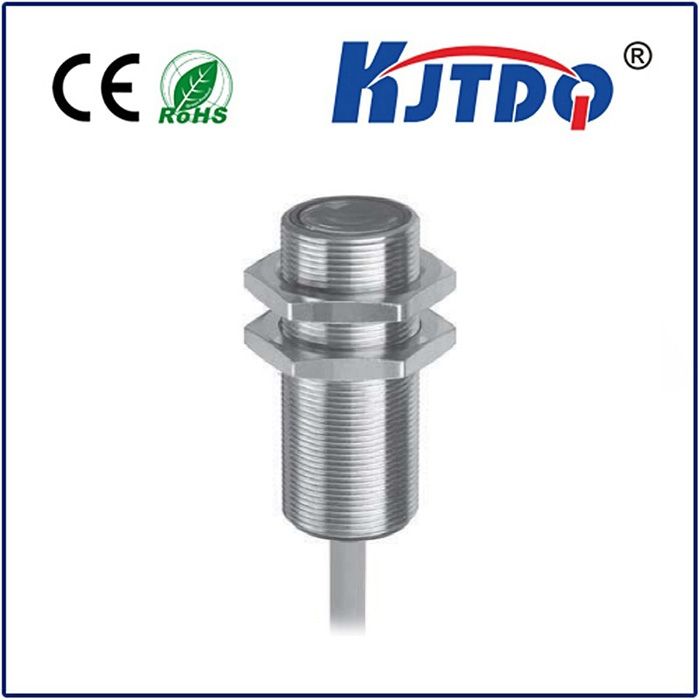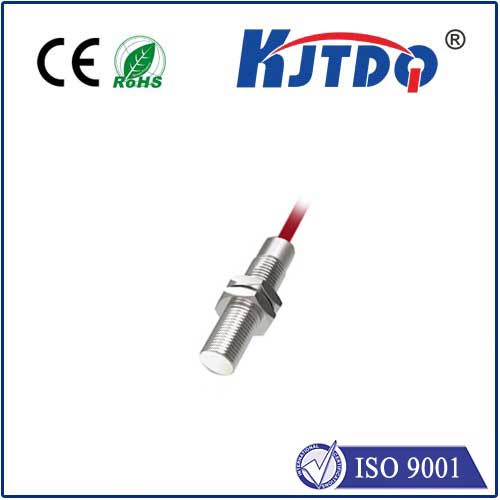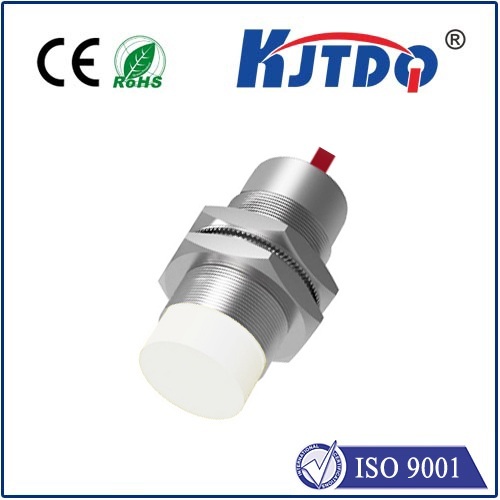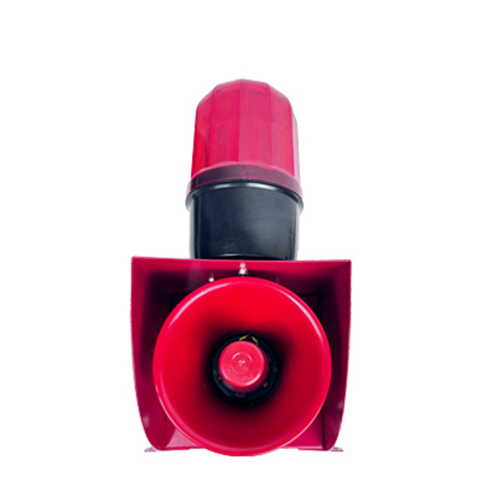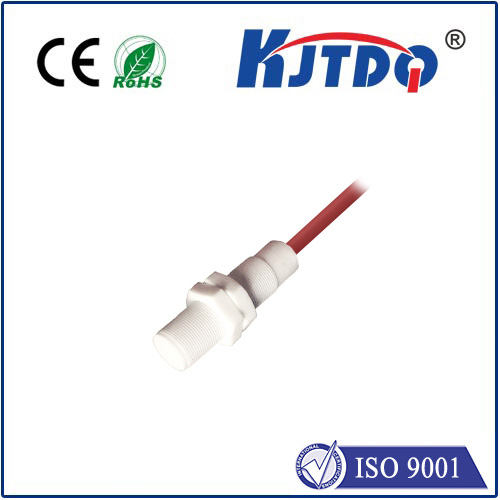u shape photoelectric sensors
- time:2025-09-15 08:55:56
- Нажмите:0
U-Shape Photoelectric Sensors: Reliable Precision for Industrial Object Detection
Imagine needing to count thousands of bottles speeding down a conveyor, verify a component is present before a robotic arm welds it, or ensure a box is correctly positioned for labeling – all in environments rife with dust, vibration, or variable light. This is the demanding reality of modern automation, where precision, reliability, and durability are non-negotiable. Enter the U-shape photoelectric sensor, a workhorse solution engineered to thrive in these challenging conditions. These robust sensors provide a fundamental yet highly effective method for non-contact object detection, forming a cornerstone of countless industrial processes.
Understanding the U-Shape Advantage: The Through-Beam Principle
At its core, a U-shape photoelectric sensor operates on the through-beam principle, often considered the most reliable method for photoelectric detection. It consists of two distinct physical components housed within a single, rigid U-shaped bracket or frame:
- Emitter (Transmitter): This component generates a beam of light, typically infrared (IR) for high immunity to ambient light interference, though visible red or laser light variants exist for specific alignment needs.
- Receiver: Positioned directly opposite the emitter across the U’s gap, this component continuously monitors for the presence of the emitter’s light beam.
The core function is elegantly simple: Detection occurs when an object physically interrupts the light beam traveling between the emitter and receiver. This interruption causes the receiver’s output signal to change state (e.g., from ON to OFF, or vice-versa, depending on configuration). The rigid U-shaped structure ensures the emitter and receiver are perfectly aligned and securely fixed relative to each other. This inherent stability is a critical advantage over separate through-beam sensors that require meticulous, and often vulnerable, individual mounting and alignment.

Why Choose a U-Shape Photoelectric Sensor? Key Benefits and Strengths
The specific design of U-shape photoelectric sensors translates into several compelling benefits for industrial applications:
- Unmatched Reliability: The rigid alignment virtually eliminates the risk of misalignment due to vibration, thermal expansion, or accidental bumping – a common failure point for separate emitter/receiver setups. This translates directly to higher uptime and reduced maintenance.
- Simplified Installation: Engineers and technicians save significant time. There’s no need for complex fixturing or painstaking alignment of two separate units. Mount the single U-shaped unit, and alignment is guaranteed. Plug-and-play reliability becomes a reality.
- Superior Performance in Harsh Environments: The compact, often ruggedized housing protects sensitive optics. Many models boast high Ingress Protection (IP) ratings (e.g., IP67, IP69K), making them resistant to dust, water jets, washdowns, oils, and coolants common in manufacturing plants, food processing, and packaging lines.
- Excellent Noise Immunity: By using infrared light and the focused beam inherent in through-beam operation, these sensors exhibit high immunity to ambient light interference (like sunlight or fluorescent lamps) and electrical noise.
- Long Sensing Ranges: U-shape sensors can achieve relatively long detection ranges compared to other photoelectric types like diffuse or retro-reflective sensors, often spanning gaps from a few millimeters up to several meters. This allows detection of objects passing through larger apertures.
- Positive Object Detection: They excel at detecting virtually any opaque object, regardless of surface color, reflectivity, or material (within physical constraints), as detection relies solely on beam interruption.
Where U-Shape Sensors Shine: Common Industrial Applications
The robustness and reliability of U-shape photoelectric sensors make them ideal for countless automation tasks:
- Conveyor Systems: Counting bottles, cans, packages, or components; verifying presence/absence; detecting jams; triggering reject mechanisms. High-speed counting is a particular forte.
- Packaging Machinery: Verifying flap presence on boxes, detecting labels or films passing through a sealer, confirming case erection, checking cap placement.
- Assembly Lines: Ensuring components are present before an operation (e.g., welding, gluing, insertion), verifying part orientation, detecting pallet presence at workstations.
- Перевозка материалов: Detecting objects entering or exiting chutes, verifying the height of stacked materials, confirming bin presence at pick stations, controlling gate or diverters.
- Printing and Converting: Monitoring paper or film web breaks, triggering cutters based on mark detection (often using models with visible light beams), verifying sheet feed.
- Automotive Manufacturing: Checking part presence on fixtures before robotic operations, verifying door/window positioning, detecting palletized engines entering a station.
- Food & Beverage Processing: Counting products on high-speed lines, verifying sealed container presence, detecting caps on bottles, ensuring carton formation. High IP ratings are crucial here for washdown environments.
Selecting and Implementing U-Shape Sensors Effectively
To maximize the effectiveness of a U-shape photoelectric sensor in your application, consider these key factors:
- Sensing Gap Width (U Gap): Choose a sensor with a gap (the distance between emitter and receiver) wider than the largest object you need to detect passing through it. Ensure sufficient clearance to prevent accidental collisions.
- Sensing Range: While generally long-range for their type, confirm the model’s specified range meets your application’s physical distance requirements.
- Response Time/Operating Frequency: For high-speed applications (e.g., counting small objects on fast conveyors), select a sensor with a fast response time suitable for the required Частота работы.
- Output Type: Common options include PNP/NPN transistor switching (sourcing or sinking) or Relay outputs. Match the output type and voltage rating to your control system input.
- Light Source: Infrared (IR) is standard and best for ambient light immunity. Visible red or laser may be preferred for easier visual alignment or detecting very small objects, but are more susceptible to ambient light interference.
- Environmental Rating: Choose an appropriate IP rating for the specific environment (dust, water exposure, chemicals, temperature extremes).
- Housing Material: Stainless steel offers maximum corrosion resistance for harsh washdowns (food, pharma), while rugged plastics suffice for less demanding environments.
- Connection: Fixed cable or connectorized options (M8, M12) are available. Consider cable length and connector locking needs.
Installation Best Practices
- Secure Mounting: Ensure the sensor is rigidly mounted to a stable surface to prevent vibration-induced stress on the bracket or mounts. Use the provided mounting holes correctly.
- Avoid Physical Obstructions: Ensure the beam path is completely clear of any fixtures, debris, or accumulated material that could cause false interruptions.
- Beam Alignment: While inherently aligned, it’s still good practice to verify the beam path visually (if possible) or monitor the indicator LED during initial commissioning. Some models have alignment aids.
- Cable Management: Protect cables from damage (abrasion, crushing, chemicals) using conduits or cable carriers where necessary. Ensure connectors are securely locked.
- Avoid Condensation: In environments prone to rapid temperature changes causing condensation, ensure the sensor housing vents (if present) are clear, or consider models specifically designed to mitigate this.







